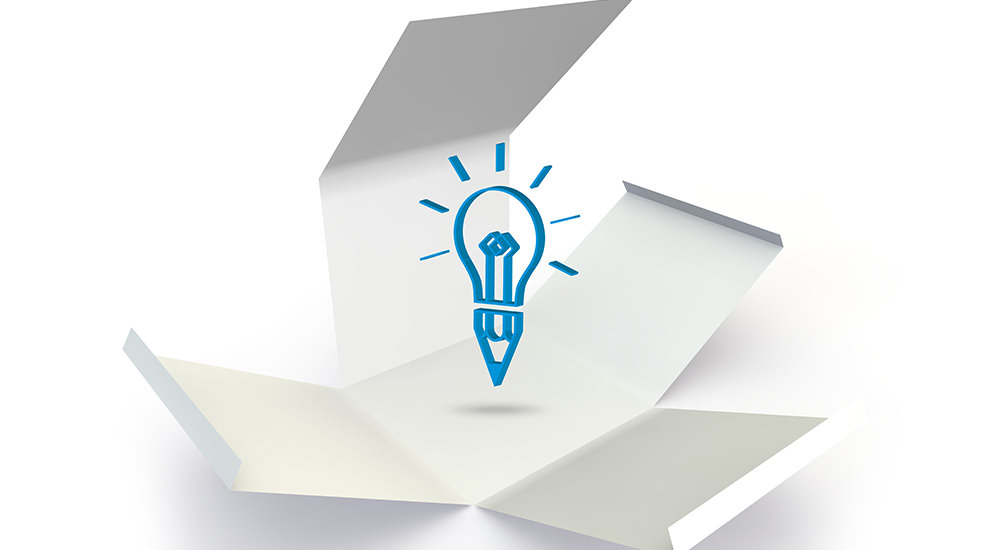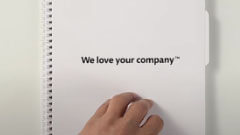Break the Box

When it comes to packaging, innovative design can subtly change the rules of the game
Sometime ago, the sales team at Kleenex tissues was feeling very de-motivated with the dip in sales. They sat with the marketing team, who suggested an idea. The idea was to get the design team change the staid rectangular box into an oval shape and spatter it with a stunning set of summer graphics, and Lo! Sales for the tissue maker soared like never before.
However not all packaging innovations are about aesthetics. If that were the case, every pretty picture would sell the product but that’s seldom the case. In fact, that would limit the many, creative and diverse uses of design:
• Design that creates an aching desire to own a product (Think iMac)
• Design that cuts cost (Think ITC’s sachet revolution for the rural market)
• Design that protects the product inside (Think Tetrapak)
• Design that changes the meaning of a product (Think Magpie’s steel dinner sets, or Anubha Jain’s denim saris)
• Design that simplifies the use of a product (Think the cap on the medical vial that can be used to pierce a hole)
• Design that creates a new experience (Think iTunes)
• Design that tries the impossible (Think chotukool)
Design has many latent uses that the customer may not be conscious of, but that does cast a long shadow, impacting the marketing, sales, distribution and even the perception of the brand inside. Imagine all this and more can be done without touching the contents of the box.
In India, where the design movement is still in its infancy, packaging was perceived to have just one, absolute purpose – be a wrap. Consumers in particular didn’t know that packaging can also have several hidden uses – say prevent spoilage in products with limited shelf life (e.g. fruits and vegetables); provide protection to fragile objects (say, glass and ceramics); intrigue child consumers with attractive animations at the point of sale etc. Even the structure, materials, textures, colors or graphics used on the pack can make or mar the perception and utilitarian aspects of a brand.
Functionality of packaging and labels
Once Kraft product managers discovered that their consumers usually tore into their beautifully designed packets to transfer Chips Ahoy! cookies to plain Jane air-tight kitchen jars. The company took the cue and re-engineered their packs to create a patented resalable opening on the top of their cookie bags.
The response was so good, that the company then began printing slices of succulent fruit on each package to create visual differentiation between various cookie flavors – watermelon, lime, and orange etc. – and set a new trend of not having to rip apart the seal to discover what flavour lay inside.
Kraft’s ‘expressions’ collection is a collector’s item and hailed as their trendiest, wherein they also assign different shapes of boxes to different flavours: oval, upright, and the elongated box, dubbed the ‘medium count.’
While the basic purpose of packaging with FMCG products, especially is to grab consumer attention and protect products on their journey from the manufacturer’s plant to the retainer’s counter to the consumer’s kitchen cabinet, sometimes, the smallest tweak — recall ITC’s drastic reduction in SKU for the rural market and the far-reaching impact the sachet revolution had in catering to the bottom of the pyramid.
Functionality is often the most overlooked aspect of packaging design. But if you can let your idea genie out of the bottle, you can, as a design guru, achieve the impossible for a brand.
(More on packaging design in this new series, wherein we would be looking at a few prominent sectors and discover how innovative packaging can be a game changer for some brands).


